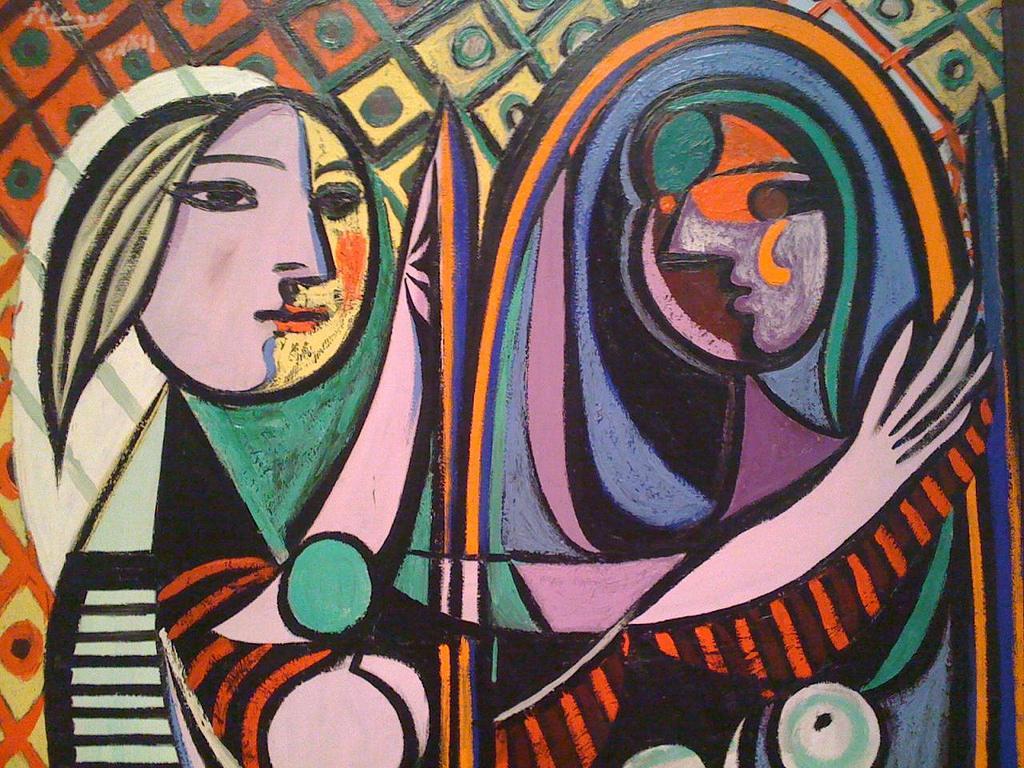Following on from our popular ‘Celebrating French women’ blog post, we thought we’d take a look at some of the most famous, prolific and influential Spanish artists.
El Greco (1541-1614)
Domenikos Theotokopoulos was known as El Greco (‘The Greek’) and born in Crete, then a Venetian territory. He trained in Venice where he developed his intense, colourful Mannerist style.
By 1577 El Greco had settled, via Italy, in Toledo, Spain, where he lived the rest of his life executing paintings for local religious foundations as well as portraits. In Venice El Greco worked under Titian; he was much influenced by Tintoretto and the Bassano. He was in Rome in 1570 and studied the work of Michelangelo and Raphael. As a native of Crete, he was deeply influenced by Byzantine art.
Diego Velazquez (1599-1660)
Velázquez was born in Seville, an important city with a thriving artistic community. At the age of 11, Velázquez was apprenticed to Francisco Pacheco, Seville’s most significant artist and art theorist. In 1617, Velázquez finished his apprenticeship and was granted the right to set up his own studio.
During his early years in Seville, Velázquez produced traditional religious works and ‘bodegones’ – ‘tavern scenes’ or paintings of everyday life.
In 1623, thanks to his father-in-law’s connections, Velázquez was asked to paint a portrait of the young King Philip IV. Philip was so delighted with the result that he immediately appointed Velázquez as one of his court painters, and from then on would allow no one else to paint him.
The move to the royal court in Madrid allowed Velázquez access to the impressive royal collection. A large proportion of his work was made up of royal portraits of the king and his family including the queen, their children, and their court jesters and dwarfs.
The 17th century was the ‘Siglo de Oro’ or ‘Golden Age’ for art and literature in Spain. Velázquez painted while Cervantes wrote ‘Don Quixote’ and Lope de Vega wrote plays. This was despite the religious and political wars that drained the Spanish economy, and the devastating outbreaks of plague.
Francisco Goya (1746-1828)
Goya was the leading Spanish painter and etcher of the late 18th century, and court painter to Charles III, Charles IV and Ferdinand VII of Spain.
His work ranges from the Rococo style of his early tapestry cartoons to the sombre Romanticism and the ‘black’ paintings with which he decorated his own house. In addition to portraits, frescoes and tapestry cartoons, he was known for small paintings of theatrical subjects.
Goya was born at Fuendetodos, near Saragossa, and trained by José Luzán in Saragossa and by Francisco Bayeu in Madrid. He visited Italy in 1771. By 1775 he had settled back in Madrid. In 1786 he was appointed court painter to King Charles III, and First Painter to Charles IV in 1799. In 1792, after a severe illness, he became deaf.
Goya witnessed the atrocities of the Peninsular War, and the subsequent political repression, and recorded them in his later works. He went into exile in Bordeaux in 1824, where he died.
Salvador Dali (1904-1989)
Salvador Dalí was born in Figueres and was among the most versatile and prolific artists of the 20th century, and the most famous Surrealist. Though chiefly remembered for his painterly output, during his long career he successfully turned to sculpture, printmaking, fashion, advertising, writing, and, perhaps most famously, filmmaking in his collaborations with Luis Buñuel and Alfred Hitchcock.
Dalí was renowned for his flamboyant personality and role of mischievous provocateur as much as for his undeniable technical virtuosity.
Pablo Picasso (1881-1973)
Pablo Picasso was a Spanish expatriate painter, sculptor, printmaker, ceramicist and stage designer considered one of the greatest and most influential artists of the 20th century and the co-creator, along with Georges Braque, of Cubism.
For nearly 80 of his 91 years, Picasso devoted himself to an artistic production that he superstitiously believed would keep him alive, contributing significantly to — and paralleling the entire development of — modern art in the 20th century.
With thanks to: The National Gallery, Wikipedia, Tate Modern, biography.com
